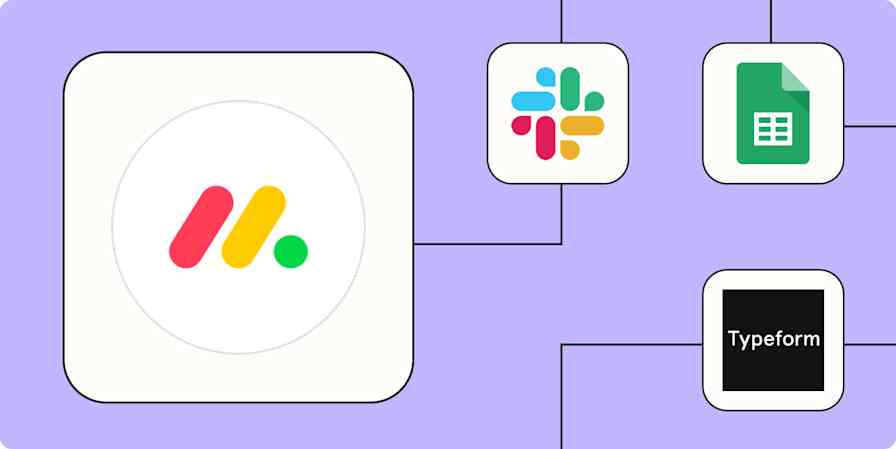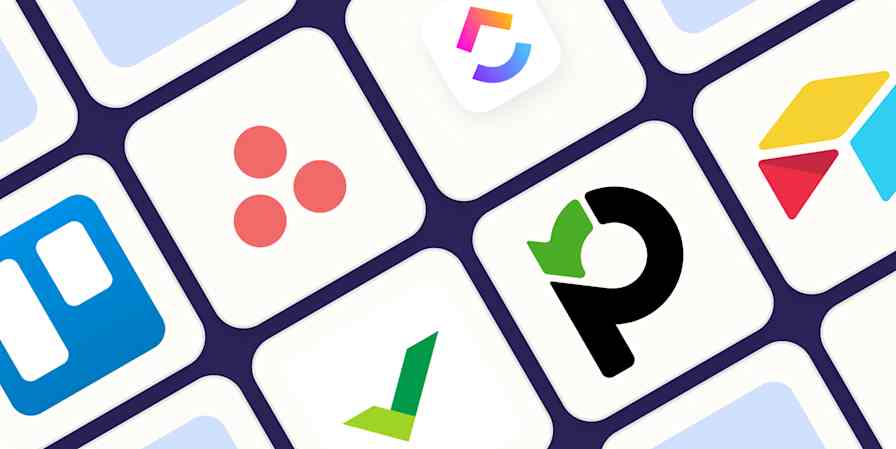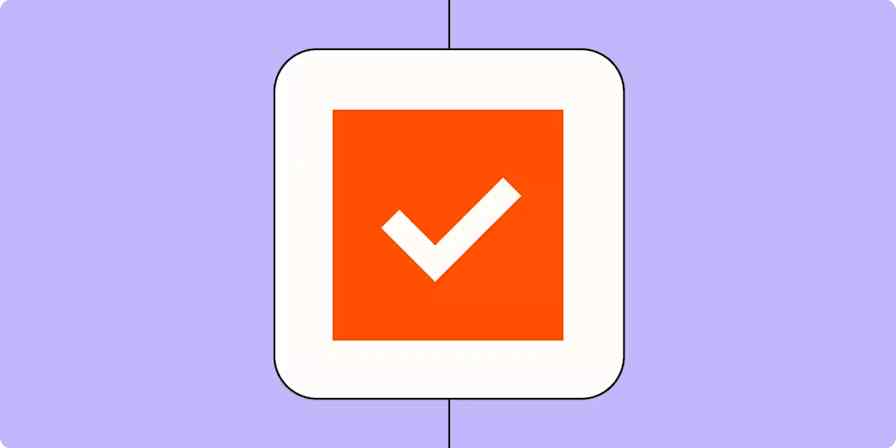I'm the type of person who expects a parade and fireworks display after finally taking the time to change the Brita filter, which is why I'm such a huge fan of project milestones. They're those bite-sized hits of dopamine that keep you motivated and prevent you from getting overwhelmed by the sheer enormity of a project.
If you're anything like me and need to celebrate all the tiny triumphs, keep reading. We'll dive into what project milestones are, why they're essential for successful project management, and how to incorporate them into your project plan and reap the rewards of consistent progress.
What are project milestones?
Project milestones are significant events that mark progress in a project's timeline. They can be event-based, like completing a prototype or securing funding, or calendar-based, like reaching the end of a fiscal quarter.
Unlike tasks, which involve ongoing work, milestones are zero-duration events that represent a moment in time. They act as checkpoints, indicating when a project phase or major deliverable is completed or when a critical decision needs to be made.
For example, in a software development project, "complete user interface design" would be a task, the actual design files would be a deliverable, and "design approval" could be a milestone marking the end of the design phase and the beginning of development.
Effective milestones do more than mark dates on a calendar—they make it clear what needs to be achieved by when. This allows project managers to monitor progress, identify risks early, and make course corrections if needed to meet the target end date.

Examples of project milestones
The beauty of milestones in project management is that they can be as granular or broad as you need them to be. They can be tailored to the specific project phases or the type of project. Let's break it down.
Project phase milestone examples
Project initiation phase: Initial risk assessment, stakeholder identification, kickoff meeting held
Planning phase: Project plan completed, designs approved, marketing strategy and launch plan approved
Executing phase: Prototype developed, beta version released, user feedback gathered
Monitoring and controlling phase: Product launch, marketing campaign initiated, KPI dashboard created
Closing phase: Post-launch evaluation, user documentation completed, client handover
Project type milestone examples
Software development: Beta release, feature completion, code review
Marketing campaigns: Launch date, asset completion, performance review
Construction projects: Permit approval, foundation laid, inspection passed
Event planning: Venue booked, speaker confirmed, registration opened
Example project milestone schedule
A project milestone schedule, or milestone chart, provides a clear visual representation of important deadlines and achievements, making it easy to see the project's progress at a glance. These milestones represent significant achievement or transition points in the project. Here's why they're important to recognize:
Facilitates smooth handoffs: Helps delegate tasks to relevant team members by indicating when one phase ends and another begins
Triggers next steps: Initiates the next set of activities or tasks, keeping the project moving forward efficiently
Maintains transparency: Keeps everyone in the loop and ensures no one is left wondering if the project is still on track or if it's veered off into a ditch somewhere
Creates repeatable processes: Makes it easier to manage and replicate successful project workflows in the future
Identifies potential bottlenecks: Helps you spot potential roadblocks before things go completely off the rails
Boosts morale: Gives your team a much-needed energy boost and a sense of accomplishment
To bring milestone project management into focus—and because I like talking about myself—here's an example milestone schedule for writing a blog post.

How to set and track meaningful project milestones
Let's go over the steps for establishing meaningful project milestones without having the urge to crawl under your desk and sob softly into a stress ball.
1. Identify key deliverables and phases
Begin by mapping out your project into distinct high-level phases. This will help you visualize the project's trajectory and prioritize critical checkpoints. For example, a software development project might include phases like:
Design
Development
Testing
Deployment
Within each phase, determine key deliverables that signify progress. For the design phase, key deliverables could include things like:
Approved wireframes
Final mockups
Design system documentation
By clearly outlining the phases and deliverables upfront, you can more easily spot natural milestone opportunities. Look for significant moments that represent major progress or the completion of critical work.
2. Define milestone objectives
Once you've identified potential milestones, take the time to clearly define an objective for each one. The more specific you are about what needs to get done, the easier it is to track progress and celebrate when you hit each milestone.
For each project milestone, you should define:
A clear, concise description
Associated tasks or deliverables
Who needs to sign off or approve it
For example, rather than a vague milestone like "Complete design phase" (yawn), go with something like:
"Obtain final approval on all UI mockups and design system documentation from the product owner and creative director. All design assets should be uploaded to the shared drive and ready for the dev team to begin implementation."
Clearly outlining the requirements eliminates ambiguity and gives the team a solid target to aim for. Plus, it makes it way easier to estimate the time and resources you'll need to actually get there.
3. Set realistic timeframes
You're not a time-bending wizard. (Unless you are? In which case, let's chat!) Assign realistic deadlines to each milestone based on the project schedule, resource availability, and task complexity. Avoid setting overly optimistic deadlines that can lead to project delays.
In my experience, this is where many projects go off the rails. It's tempting to set tight deadlines to impress stakeholders or meet an arbitrary end date, but this often leads to burnout and missed deadlines. Be realistic about what your team can achieve, and build in some buffer time for unexpected challenges.
Scotty from Star Trek always multiplied the time it took him to complete a task by four. While I'm not suggesting you go full Scotty, a little padding never hurt anyone.
4. Involve stakeholders
Stakeholders bring valuable perspectives and can identify potential issues early on. When stakeholders are included in the milestone-setting process, they're more likely to support the project and help clear any roadblocks that arise. Plus, it gives them the illusion of control, which keeps them docile and less likely to sabotage your project later.
5. Integrate milestones into the project plan
You'll want to make sure your milestones don't float off into the abyss like your kid's balloon in the Red Robin parking lot. Use project management tools to tether those milestones to your project plan like you're tying them to the wrist of a forgetful child. These tools simplify the process by allowing you to assign tasks, track deadlines, and identify potential bottlenecks.
If you prefer a more visual approach without another software license, consider using a Gantt chart. It's a simple way to see how your milestones fit into the overall timeline.
Remember, milestones help you stay on track and celebrate small wins along the way. The trick is to strategically place them throughout your plan. This way, you'll maintain momentum and keep your team motivated for the long haul.
6. Regularly monitor milestones
Setting milestones is just the beginning—regularly monitoring progress is where the real value comes in. Make milestone check-ins a key part of your project management routine.
Some strategies to stay on top of milestone progress include:
Review milestone status in weekly team meetings.
Create milestone-specific dashboards to track related tasks and metrics.
Set up automated reminders for approaching milestone deadlines.
Conduct in-depth milestone reviews at key project stages.
By keeping a close eye on milestone progress, you can quickly identify if you're falling behind and course correct before it becomes a major issue.
Project management is about people as much as it is about plans, so when you hit a milestone, celebrate! Throw a party, do a happy dance, or indulge in a celebratory Gatorade shower. Just don't go overboard—unless you baked in "Recover from milestone celebration hangover" as your next milestone.
7. Adjust and communicate
Even with careful planning, projects rarely go exactly as expected. Be flexible, and adjust milestones as needed when faced with scope creep, timeline shifts, or unforeseen dumpster fires.
For example, if your team encounters delays in the development phase of a software project, you might need to adjust the milestone for starting user acceptance testing. In these situations:
Assess the impact on the milestone and overall project timeline.
Propose a revised milestone date and any changes to objectives.
Get stakeholder approval on the changes.
Update the project plan and related documentation.
Clearly communicate the changes to the entire project team.
The key is to be proactive and transparent about any milestone adjustments. Stakeholders usually roll with the punches if they're kept in the loop and given clear explanations.
Hit all your project milestones on time with automation
No matter how left-brained you are, keeping track of all the moving parts of project management milestones is challenging. You can leverage Zapier automations to streamline this process, freeing up more of your time for strategic thinking and problem-solving.
Set up automations to add project milestone due dates to your calendar, record milestone progress in a spreadsheet, or even notify stakeholders when a milestone is reached. Learn more about how to automate project management, or get started with one of these templates to start automating your project milestones.
Create detailed events in Google Calendar for new subtasks in Asana
Add rows to Google Sheets when new Trello cards are moved to a list
And to dive right into your project milestones, start with this simple project plan template built with Zapier Interfaces and Zapier Tables.
Zapier is the most connected AI orchestration platform—integrating with thousands of apps from partners like Google, Salesforce, and Microsoft. Use forms, data tables, and logic to build secure, automated, AI-powered systems for your business-critical workflows across your organization's technology stack. Learn more.
Related reading:










